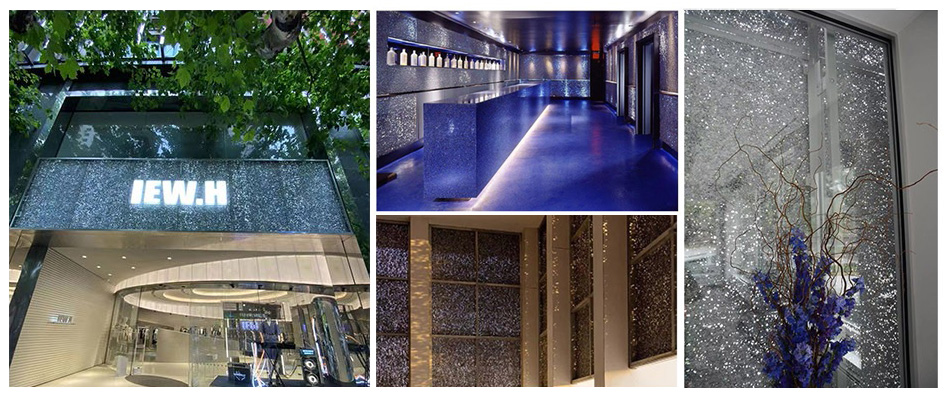Research and Development of Metal Foam
The development of new materials is the key to technological innovation in the new era, providing a new way to protect the environment and save energy, and is closely related to the national economy and modernization. Foamed metal materials not only have the characteristics of light weight that ordinary porous materials have, but also have excellent mechanical properties and physical properties such as heat and electricity, and are easier to regenerate than polymeric foams, expanding the application range of porous materials. In recent years, the development of new technology has greatly improved the quality of foamed metal, and the application conditions of new materials have also changed a lot. People are beginning to be interested in the development of foamed metal, especially foamed aluminum alloy. For example: in the automotive industry, due to the increasing demand for safety and protection of the environment, people began to consider the use of foam metal.
1. Preparation process and development of metal foam
The preparation process of metal foams is inspired by the preparation of polymeric foams and has been further developed due to its unique metal properties. Metal foams can be divided into two types: through-cell and closed-cell according to their internal pore structure. The preparation methods can be summarized as follows:
Metal foam is divided into:
- The closed-cell metal foam is divided into melt foaming method, powder foaming method, adding hollow ball method, and sputtering method.
- Through-hole foam metal is divided into seepage casting method, investment casting method, sintering method and metal plating method.
2. Properties of foam metal
Metal foams exhibit some interesting properties due to their porous structure, synthesizing the properties of the base metal and its structure.
As a structural material, the mechanical properties of metal foam mainly depend on its density and the properties of the base metal. For example, metal foam with high density also has high compressive strength, and metal foam with high matrix strength also has high compressive strength.
As a functional material, it has various physical properties such as sound absorption, filtration, heat insulation, flame retardant, vibration reduction, damping, impact energy absorption, and electromagnetic shielding.
Among them, the most studied and widely used is the energy absorption of metal foam.
3. Application of foam metal
The use depends on the performance, and the excellent performance of foam metal determines its wide range of uses.
At present, some properties of foam metal have been used in Japan. For example, the sound-absorbing properties of aluminum foam are used in the power generation rooms of Hokkaido sightseeing trains and noise reduction devices in factories, the train seats of JR Shinkansen use the composite structure of aluminum foam, and the unique decorative properties of the foam surface are also used in buildings. Industry.
Through-pore metal foams are used as filter materials, heat exchangers, filters and catalyst supports, and are also used as electrode materials.
Post time: Mar-29-2022



